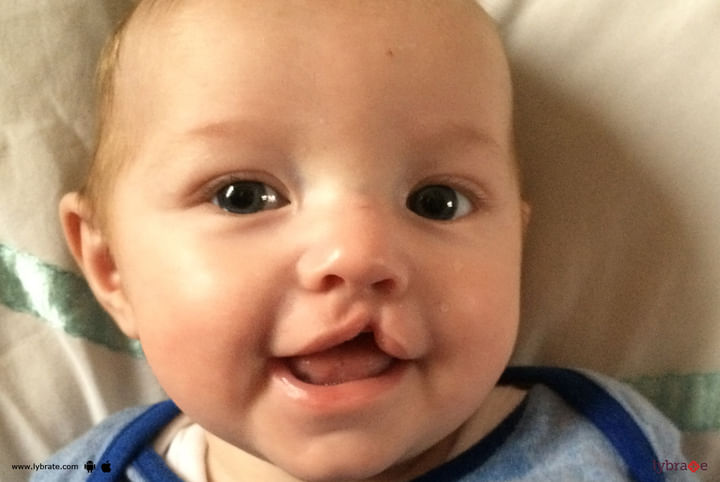Reconstructive Surgery For Cleft Palate - Know More About It!
A cleft palate and cleft lip are among the most common congenital birth defects. These conditions can occur individually or together and vary in severity and the side of the face affected. A cleft palate not only mars the beauty of a child, but can also lead to serious health problems associated with speech and food intake.
A cleft palate can be diagnosed in the 17th week of pregnancy with the help of an ultrasound. This condition develops when components of the upper lip and ceiling of the mouth fail to develop normally. A cleft palate can affect children of all races equally but an isolated cleft palate is more common amongst female babies than male babies.
In most cases, a cleft palate can be surgically reconstructed within the first year of a baby’s birth. This not only improves the child’s appearance, but also improves his or her ability to breath, eat, speak and hear. A cleft palate reconstruction surgery is performed under anaesthesia. To begin reconstructing the ceiling of the mouth, incisions are made on either side of the cleft. A specialised flap technique is used to reposition muscles and tissues in the palate so as to bridge the gap. This is then stitched close with removable or absorbable sutures.
Dressings or bandages may be placed over the sutures after surgery. It is essential to prevent your child from sucking his or her thumb or putting anything in the mouth that could hamper recovery. Pain medication may also be prescribed to help your child deal with the discomfort. Over the following few weeks, the swelling will subside and incisions will heal. It is also important to protect your child from sun exposure at this time to prevent the formation of jagged scars.
While a single surgery is often enough to repair a cleft palate, treatment for the same may continue into adolescence. Sometimes this can also extend into adulthood. In some cases, further plastic surgery may be required as the child grows to improve appearances and functioning of the palate.



+1.svg)
